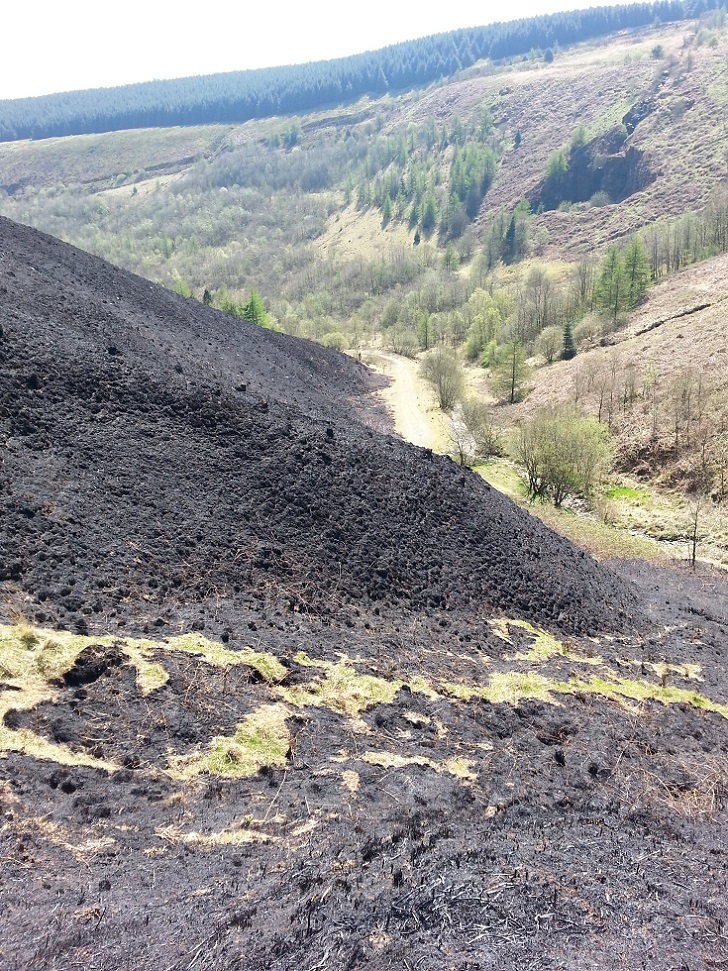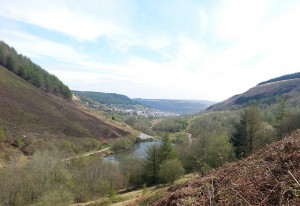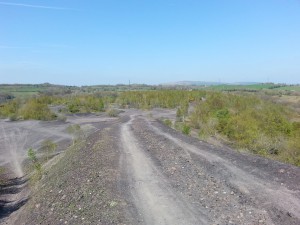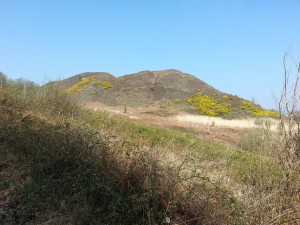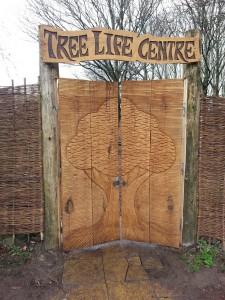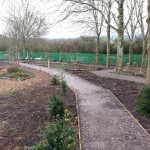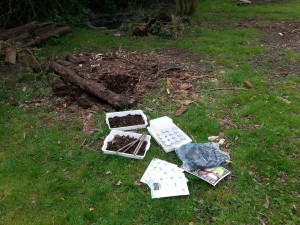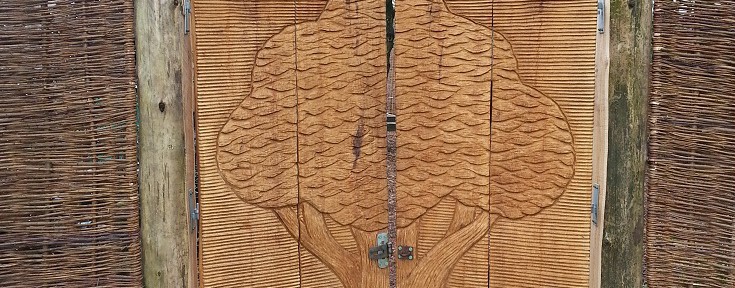
April has been a toasty month, both in terms of the weather and the grass fires that have plagued South Wales. As of 23rd April, South Wales has experienced 776 deliberate grass-fires (and counting!). The South Wales valleys have been hardest hit, with Rhondda Cynon Taff alone experiencing 283 fires. These figures are continuing to rise on a daily basis. Among the many areas decimated by these fires include Clydach Vale, home to one of my study sites – Clydach Vale Countryside Park. This site covers 113 hectares and was reclaimed in the 1980s following the closure of the Cambrian Colliery. It supports a mixture of habitats including neutral and acid grasslands, woodland plantations, scrub, lakes, quarries, ffridd, and dry heath, all of which support a variety of wildlife.
I have been unfortunate enough to witness first-hand the destructive nature of these fires. Clydach Vale Countryside Park has been badly hit, with an almost entire south-facing valley side having been burnt. Among the frazzled aftermath I found two dead Adders – I dread to think how many small mammals, ground-nesting birds, reptiles, and invertebrates have perished across South Wales in the past few weeks. Check out the following links for pictures and more information about the South Wales grass-fires:
http://www.bbc.co.uk/news/uk-wales-south-east-wales-32426401
http://www.walesonline.co.uk/news/wales-news/fire-crews-exhausted-after-fighting-9054532
On a lighter-note, the weather has been fantastic, with the mercury rising to the dizzy heights of 20°C. The sustained periods of warm, dry weather has quickly brought about the onset of spring and with it, insects (yay!). This fine weather has enable me to started surveying on my sites, all of which have now been confirmed following a meeting with Richard Wistow (Rhondda Cynon Taff County Ecologist) on 16th April. We agreed on 6 sites, all of which I am very pleased with. They are as follows:
- Dare Valley Country Park (SINC) – a land reclamation site dating from the early 1970s. The Park includes a mixture of colliery spoil land, old coal tips and original habitats. These include acid grassland, neutral grassland, brownfield species-rich grassland, marshy grassland, acid flushes, and heathland (wet and dry).
- Clydach Vale Countryside Park (SINC) – a land reclamation site dating from the 1980s. The park supports a mixture of wet and damp neutral and acid grasslands, woodland plantations, two lakes, quarries, ffridd, and dry heath.
- Gelli Tips (SINC) – the Gelli Tip supports a series of finger-tips and is one of the best preserved coal tip systems in the Rhondda. The site supports a highly complex mosaic of habitats, which on the tips is mainly a mixture of acid grassland and dry heath. The site also includes areas of skeletal acid grassland (with characteristic coal spoil calcareous species), marshy grassland and swamp.
- Albion Tip, Cilfynydd (SINC) – a 1970s tip comprising open coal spoil grassland with a mix of acid and calcareous species.
- Cwm Colliery, Beddau (SINC) – a 1920s tip comprising semi-vegetated coal spoil with bare ground, ephemeral vegetation, secondary species rich grassland, scrub, secondary woodland, flushes, lake and secondary wetland.
- Coedely Colliery – a land reclamation site dating from the early twenty-first century. This site comprises bare ground, open coal spoil grassland, scrub, secondary woodland, flushes, and ponds.
The sites present a real nice mixture of new and old, vegetated and less vegetated spoil tips and it will be interesting to see how the invertebrate fauna differs between sites – particularly how Coedely (a non-SINC site) differs from the other sites, all of which have SINC status. My survey work will largely focus on aculeates (bees & wasps), ground beetles, and hoverflies – however, other groups such as the true bugs (Hemiptera), butterflies and day-flying moths, and dragonflies and damselflies will also be noted when encountered. Community engagement has definitely taken greater emphasis this month with my involvement in several different events. Among these include the Tree Life Centre Open Day, which was held on Friday 10th April at Grimsbury Farm, Bristol. Credit is due to Jason Leck (Project Manager), Phil Taylor (not the darts player but our Natural Network Trainee) and all the volunteers in making the event a massive success. Thankfully the weather was fantastic which really helped to boost numbers. A number of different activities were run during the day and it was my role was to deliver the bug hunts.
As a whole, the mini-beast hunting proved highly popular – kids just couldn’t get enough of it! – however, pond-dipping was the clear favourite. None-the-less, around 40 or so kids took part in my bug hunts, which were surprisingly successful! We found lots of invertebrates (especially amongst deadwood) including centipedes, millipedes, woodlice, slugs and snails, beetles, earthworms, and much more! The whole experience was a real eye-opener; it made me realise how rewarding working with children can be at times. Several kids thanked me at the end of the day and told me how much they enjoyed themselves and had learnt so much about invertebrates – which was amazing to hear! I have also helped deliver two events with Barbara Brown, the OPAL Community Scientist based at the National Musuem Cardiff. This includes:
- Easter Fun Day at Llanedeyrn Community Centre, Cardiff – where I assisted in delivering an OPAL Bug Count and Easter egg hunt in the centre’s garden
- Easter Fun Day at Six Bells Community Centre, Abertillery – where I delivered a willow craft session with families, assisted with an Easter egg hunt, and helped with pond-dipping on Six Bells colliery spoil
All-in-all, April has been a brilliant month. The weather has been fantastic, my survey sites have been confirmed, I’ve learnt more about invertebrate surveying and curation, and I’ve shared my passion for wildlife with others – what more could I ask for! Here’s to May – let’s hope it will be just as enjoyable!

